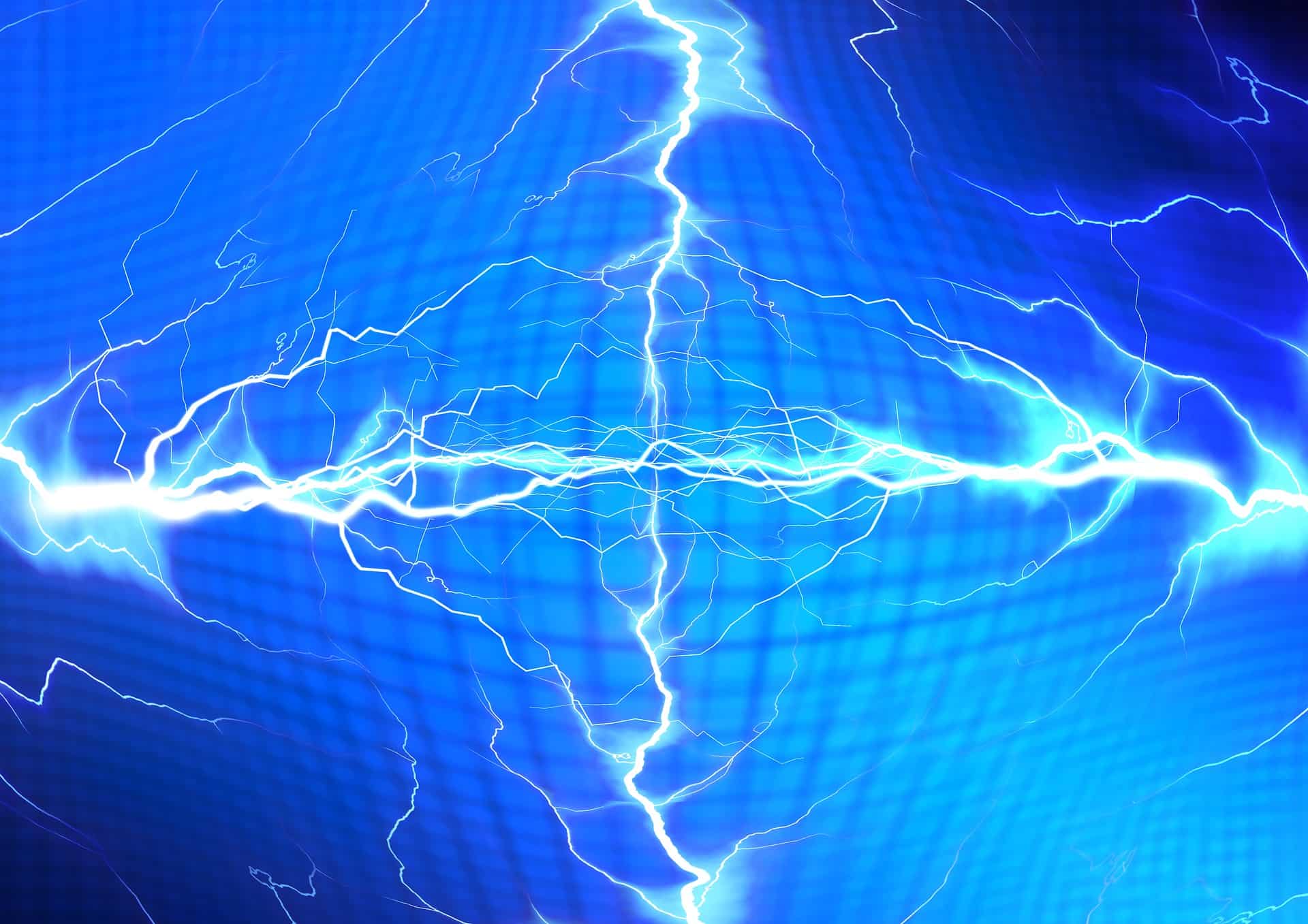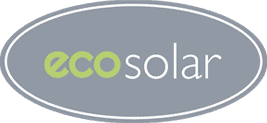In the world of energy distribution and management, there exist several acronyms that may be confusing to the average person. One such abbreviation that frequently appears in the context of electricity distribution is DNO. This term stands for Distribution Network Operator, and though it might not be familiar to many, its role is pivotal in the distribution of electricity. In this article, we will delve into the depths of the DNO, exploring its function, responsibilities, and significance in the modern energy landscape.
Defining the DNO
A Distribution Network Operator (DNO) is a critical part of the electricity supply chain. These dedicated key bodies and energy partners play a crucial role in keeping the lights on and our lives running smoothly across the UK. Working at a local and regional level, they are licensed experts responsible for managing and maintaining the intricate distribution networks that bring electricity from those towering high-voltage transmission lines right to our doorsteps, offices, and factories. Think of them as the friendly bridge that connects the National Grid and your energy company to each and every one of us, the end consumers, ensuring that electricity flows seamlessly and reliably into our lives.

The DNO’s Role and Responsibilities
Infrastructure Maintenance
One of the primary responsibilities of a DNO is the maintenance of the distribution infrastructure. This includes power lines, substations, transformers, and other equipment that facilitate the safe and reliable distribution of electricity. DNOs must continuously monitor and inspect these assets, ensuring they are in optimal condition to prevent power outages and disruptions.
Connecting New Customers
Whenever a new property is built or a consumer wishes to connect to the electrical grid, perhaps through solar panel investment, the DNO plays a crucial role. They manage the process of connecting new customers to the distribution network, ensuring compliance with safety standards and regulatory requirements. This task involves assessing the grid’s capacity to handle the additional load and coordinating with the customers to facilitate a seamless connection.
Electricity Metering
DNOs are also involved in electricity metering. While the responsibility of meter reading and billing often falls on separate retail energy companies, DNOs are accountable for maintaining and managing the electricity meters, ensuring their accuracy and functionality.
Fault Management and Response
Inevitably, faults and disruptions can occur in the electricity distribution network. DNOs must have robust fault management and response systems in place to identify and resolve issues promptly. Minimising downtime is critical to maintaining the stability and reliability of the electrical grid.
Network Planning and Upgrade
DNOs are always adapting to our evolving energy needs and the latest technological marvels. They engage in comprehensive network planning, carefully studying our electricity consumption patterns and forecasting demand. And strategise upgrades to ensure the grid can handle growth and perform at its best. This could mean embracing cutting-edge smart grid technologies, seamlessly integrating renewable energy sources, and introducing energy storage solutions to power a brighter and greener future.
Ensuring Safety and Compliance
Safety is a paramount concern in the electricity distribution industry. DNOs must adhere to stringent safety standards to protect both their employees and the public. Additionally, they must comply with regulations set forth by government agencies and regulatory bodies to ensure fair and transparent operations.
DNOs and Renewable Energy Integration
As the world embraces sustainability and strives to reduce carbon emissions, DNOs find themselves facing new challenges and exciting possibilities. The integration of renewable energy sources, such as solar, wind power, into our electricity grid requires careful planning and coordination. The DNOs job is to incorporate these eco-friendly sources into the distribution network. But it’s not an easy task! They must juggle the intermittent nature of renewables with the constant and increasing demand for electricity, particularly ensuring the grid remains stable and reliable for all of us.
But that’s not all – DNOs also play a crucial role in bringing clean energy closer to home. They are the architects behind the connection of small-scale distributed energy resources (DERs), such as rooftop solar panels and home batteries. These energy solutions give power to the people – quite literally! With DERs, consumers become producers, generating their electricity and even having the ability to sell any surplus power back to the grid. It’s like a win-win for both the environment and our pockets! This innovative concept is known as “net metering” or “feed-in tariffs,” and it’s changing the way we interact with energy in our homes and communities. Thanks to DNOs, we have the power to be green superheroes, one rooftop solar panel at a time.
The Changing Landscape: DNOs and Smart Grids
Imagine a world where our electricity grid is as smart as our smartphones, always keeping up with the latest technology. This vision is what’s called the “smart grid.” Operating, through a connected network of smart meters, using advanced monitoring devices and communication technologies to gather real-time data on how we use, demand, and supply electricity. In turn, providing benefits such as reduced consumer costs, improve efficiency and reduce wastage.
With smart grids, DNOs can remotely monitor and control grid operations, optimise electricity flows, and detect faults faster. This level of automation and intelligence allows for more effective load balancing and demand response, ultimately leading to a more sustainable and reliable energy distribution system.
DNOs and the Future of Energy
The energy landscape is continuously evolving. Advancements in renewable energy, energy storage, and digital technologies shaping the future. And DNOs will remain at the forefront of this transformation, adapting their networks to accommodate new energy sources and changing consumption patterns.
Over the next few years, the DNOs remit is expanding, increasing their function as “distribution system operators” (DSOs), reflecting their expanded role in managing bi-directional energy flows, a greater focus on energy saving, efficiency and fuel poverty support projects as well as in innovation and new income opportunities, such as grid flexibility and demand management (DM) services.
When you look around the UK, you’ll find just six DNOs: SSE, SP Energy Networks, Electricity Northwest, Northern Powergrid, Western Power Distribution, UK Power Networks, and Northern Ireland Electricity.
To find out who your DNO is check out the Energy Networks website: https://www.energynetworks.org/info/faqs/who-is-my-network-operator.html
Conclusion
In conclusion, Distribution Network Operators (DNOs) are the overseers of the electricity supply chain. Their crucial role in managing and maintaining the distribution network ensures that power reaches our homes, businesses, and industries reliably and safely. DNOs continue to evolve in the face of modern challenges, integrating renewable energy, implementing smart grid technologies, and embracing the changing energy landscape.
As we develop a more sustainable energy future, DNOs will be at the forefront of innovation, ensuring the lights stay on while the world moves toward a greener and more efficient tomorrow.
If you want to know more on how we use the DNO during our EcoSolar solar panel solution process within a commercial and industrial setting contact the EcoSolar team.

